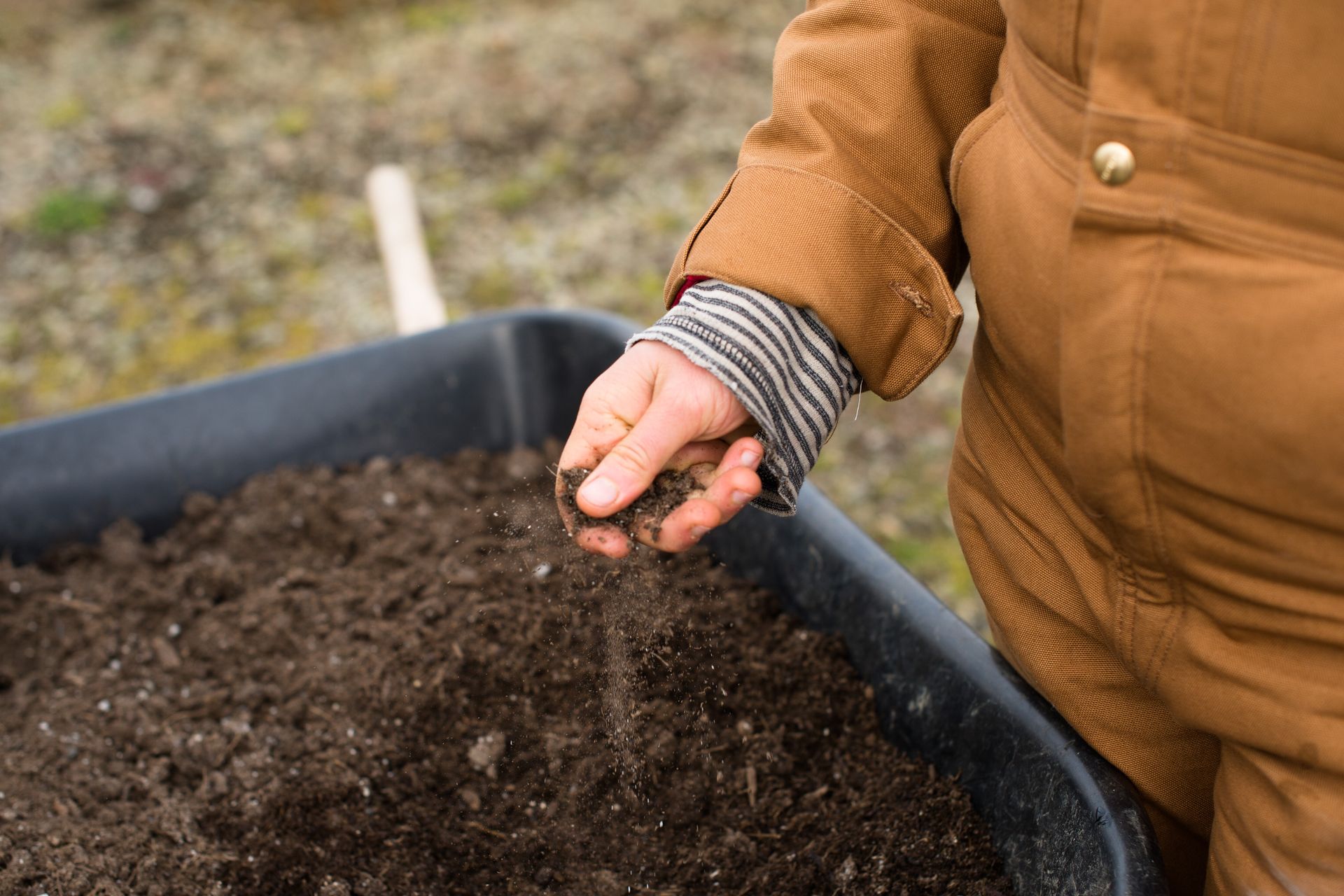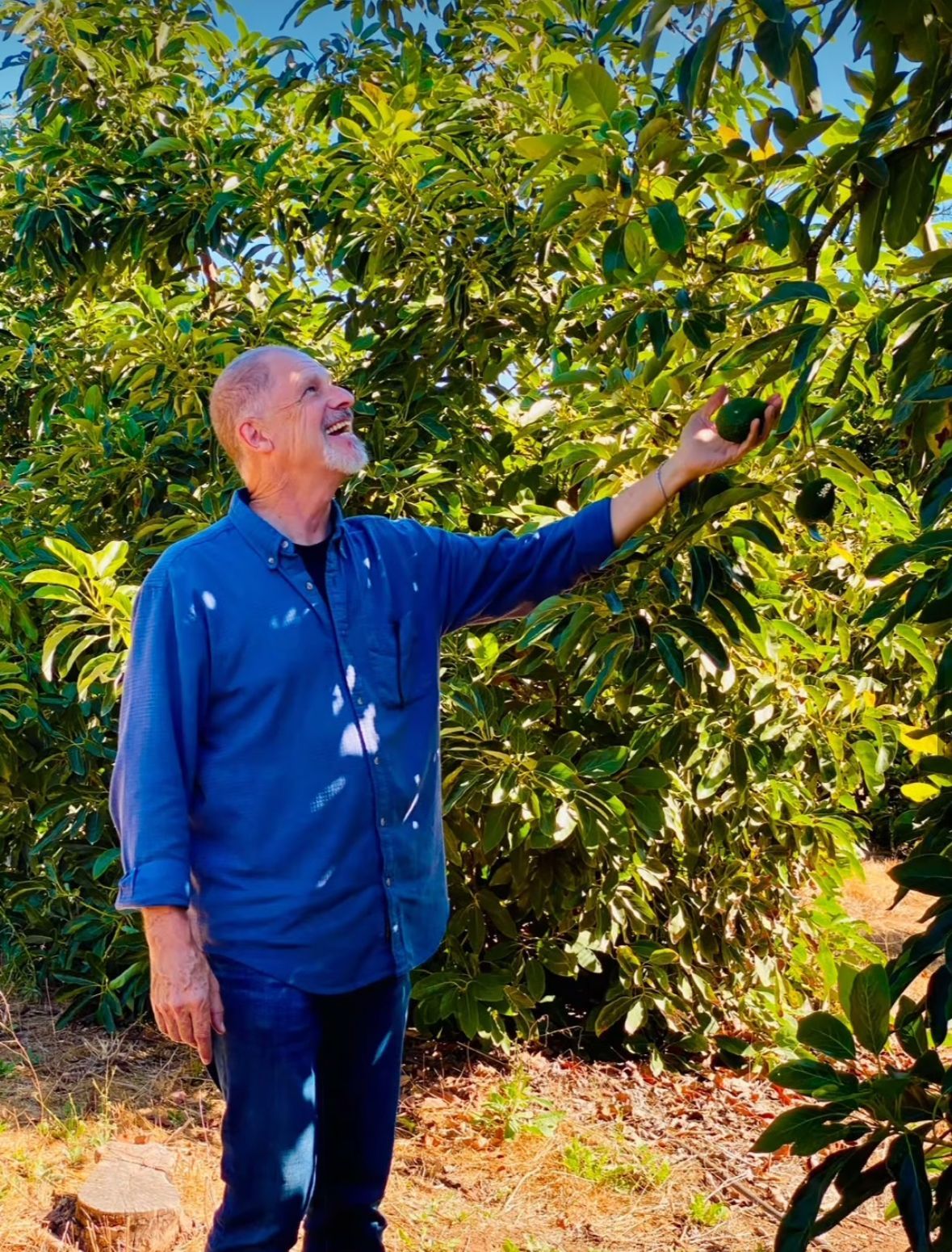Why Seasonal Eating is Good for Your Health and Local Farmers
Do you ever wonder why strawberries taste so much sweeter in the summer or why pumpkins seem to belong in autumn? That’s the magic of seasonal eating. Aligning our diets with the harvest calendar isn’t just a nostalgic nod to simpler times—it’s a powerful way to enhance our health, support local farmers, and care for our planet.
At Heal The Earth, we’re all about embracing nature’s rhythm. Seasonal eating means enjoying fruits and vegetables at their peak when they’re freshest and most flavorful. But the benefits go far beyond taste. It’s about connecting with our community, reducing our environmental footprint, and nurturing our bodies with the nutrients they need, just when they need them most.
So, let’s explore what seasonal eating is and why it’s so beneficial for your health and local farmers.
What is Seasonal Eating?
Seasonal eating is all about consuming produce that’s harvested at its natural peak, typically during your region's growing season. Think of it as eating in harmony with nature’s cycles. This means strawberries in the summer, squash in the fall, and leafy greens in the spring. It’s a simple concept with profound benefits, transforming how we approach food and wellness.
By eating seasonally, you’re following the natural ebb and flow of produce — enjoying fruits and vegetables at their most nutritious and delicious. Plus, it’s a great way to add variety to your diet throughout the year, keeping meals exciting and diverse.
Health Benefits of Seasonal Eating
Eating seasonally means getting the most out of your produce, both in terms of taste, and nutrition. Local, in-season fruits and vegetables are at their peak freshness, meaning they’re likely to be more nutrient-dense than those shipped from afar.
Consuming a variety of seasonal produce (local organic is best!) throughout the year provides our bodies with a diverse range of nutrients. Different fruits and vegetables offer unique vitamins, minerals, and antioxidants that work together to support our overall health. By eating seasonally, we can ensure a well-rounded intake of essential nutrients.
Here's how eating seasonally impacts your health and wellness:
- Better nutrition and nutrient absorption
- Increased variety in your diet (It keeps things exciting throughout the year)
- More flavorful and satisfying meals
- Supports the body's natural detoxification process

Environmental Benefits of Seasonal Eating
Eating seasonally isn’t just good for you; it’s also great for the planet. Here’s why:
- Reduced carbon footprint due to less transportation and storage
- Less energy-intensive farming methods
- Promotes biodiversity by encouraging a wider range of crops
- Supports sustainable and organic farming practices
By choosing to eat with the seasons, you’re boosting your own health and contributing to a healthier planet. It’s a win-win situation that connects us more deeply to the natural world and the cycles that sustain it.
Supporting Local Farmers: The Ripple Effect of Seasonal Eating
Choosing to eat seasonally also has a positive impact on local farmers. By purchasing their produce, you're supporting their livelihood and helping to sustain local economies. When we choose imported produce, we're not only missing out on the benefits of seasonal eating but also taking business away from our communities.
If you think about it, how fresh could food flown in from halfway across the world be, anyway?
By buying from local farmers, you’re investing in sustainable farming practices that benefit the environment. And because they don't have to rely on long-distance transportation, local farmers can focus on growing varieties that are better suited for their region’s climate and soil conditions.
Buying in-season produce also supports our local farmers. By purchasing from them instead of large corporate farms or imported produce, we're investing in the sustainability of small-scale farming operations. This helps keep money within our community and allows these farmers to continue producing high-quality, nutritious produce for future generations.
How You Can Incorporate Seasonal Eating into Your Diet
Incorporating seasonal eating into your diet is easier than you may think. Here are some tips to help you get started:
- Visit local farmers' markets and buy directly from farmers
- Join a Community Supported Agriculture (CSA) program
- Find restaurants that offer local and seasonal dishes
- Plant your own garden and focus on produce seasonal to your area
- Educate yourself about the growing seasons in your region
- Shop grocery store sale items (on-sale produce items are often seasonal!)
- Plan meals around seasonal produce
- Preserve or freeze excess produce for later use
It may take some adjustment at first, but once you start incorporating more seasonal produce into your meals, you'll notice the difference in taste and nutrition.
How to Align Your Diet with the Harvest Calendar
To fully embrace seasonal eating, understanding your region’s harvest calendar is important. This will help you know what produce is at its peak and when it’s available.
Due to different climates, some regions may have shorter growing seasons, while others may have longer ones. Familiarizing yourself with the harvest calendar can also help you better understand where your food comes from and how it's grown.
Here are some resources to get started:
- Local farmers' markets or CSA newsletters
- Regional gardening books or websites
- Agricultural Extension offices in your area
- Online guides and resources for seasonal eating based on location
Seasonal Eating Throughout the Year in San Diego
San Diego has unique growing seasons and harvest calendars like any other region. Here's a quick guide to eating seasonally in San Diego throughout the year:
- Spring (March-May): Strawberries, tomatoes, avocados, leafy greens
- Summer (June-August): Stone fruits (peaches, plums), corn, berries
- Fall (September-November): Squash, pumpkins, apples, pears
- Winter (December-February): Citrus fruits (oranges, lemons), root vegetables
By aligning your diet with the harvest calendar, you can enjoy the freshest and most flavorful produce all year round.
Start Your Seasonal Eating Journey
By understanding the seasonal produce available in your area, you can make more informed choices when it comes to meal planning and grocery shopping. It’s also a great way to support local farmers and enjoy the freshest, most flavorful produce possible. So, next time you’re at the grocery store or farmers’ market, remember to eat seasonally for your health, the environment, and your community.
Want to learn more about how Heal The Earth supports local farmers and seasonal produce?
Let's chat!







